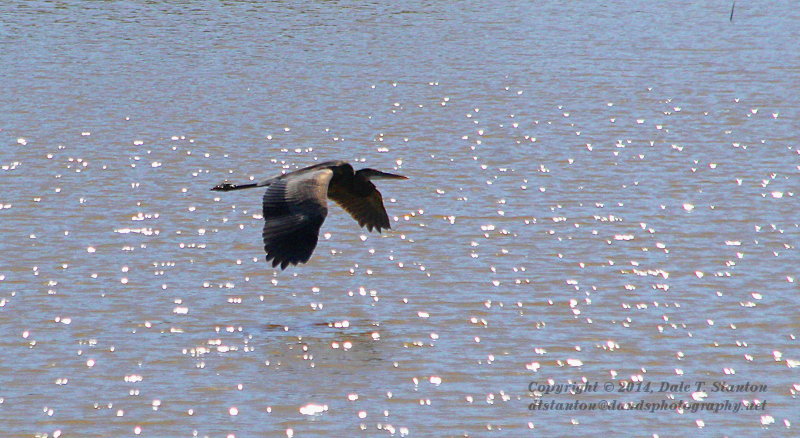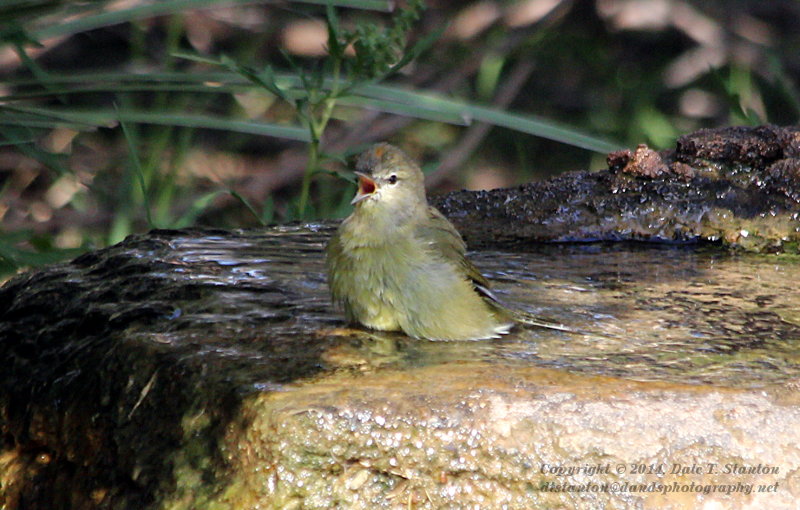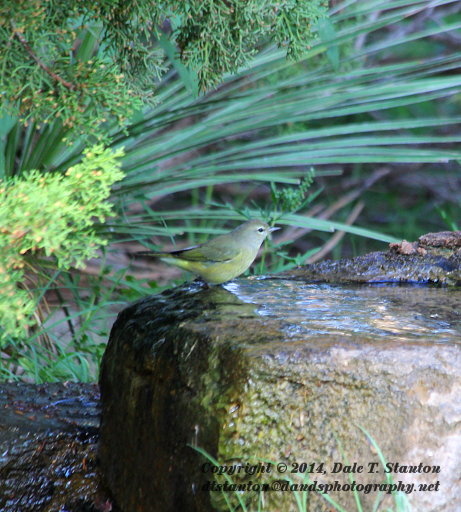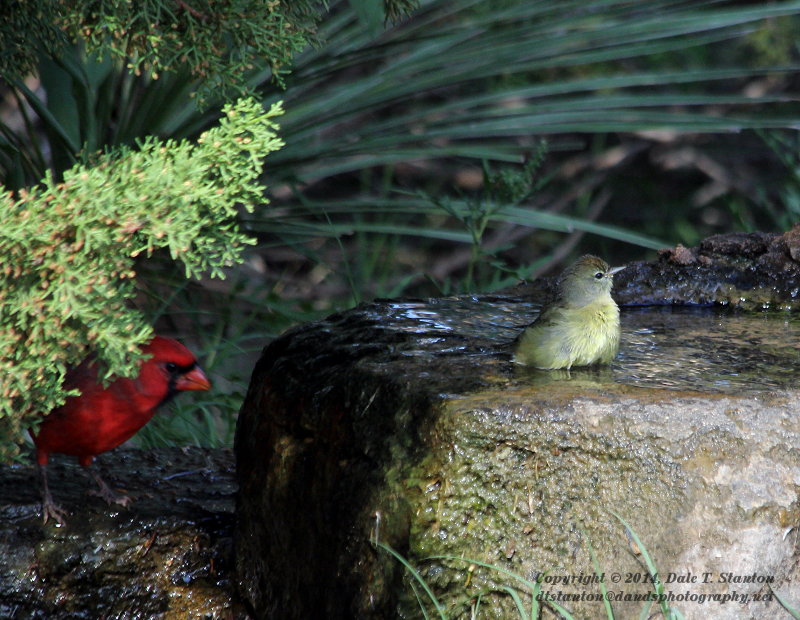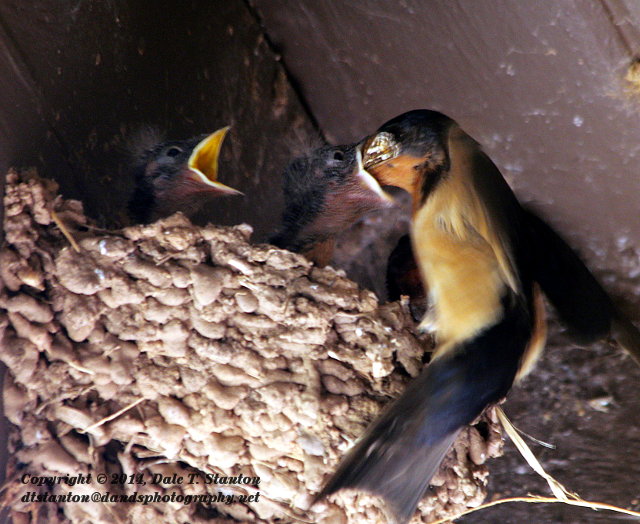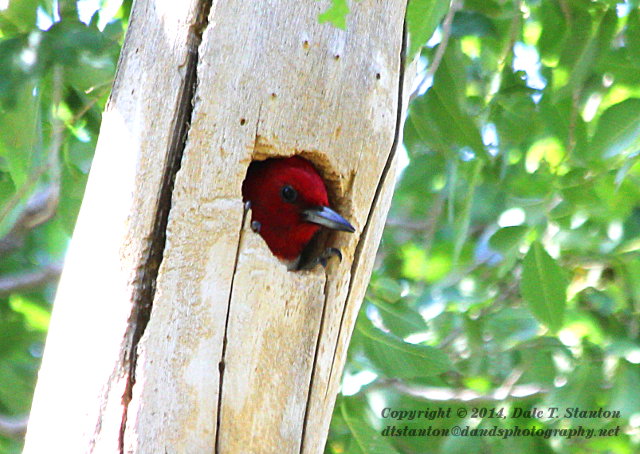A few days ago, we had a snow day off from work. I took the opportunity to watch our backyard feeders for any photo-op, after filling them - mostly because of the blanket of snow making it more difficult for birds to find their own food. Sparrows, Starlings, and White-Winged Doves visited throughout the day. They would all gather to eat, then all fly off into a nearby bush, then back to the feeders again. At one point, they all made a panicked exit and just disappeared. A few seconds later, this beautiful raptor showed up and lit on the fence near one of the feeders.
 |
| Cooper's Hawk |
The Cooper's will watch from a nearby location in the vicinity of bird feeders. On the menu for them are smaller birds such as sparrows. This one didn't get a meal this time, but he was nice enough to pose for me for a few minutes.
 |
| Cooper's Hawk |
He also made a fly-by as he departed for other opportunities, allowing me to get a clear view of his underside.
 |
| Cooper's Hawk |
The Cooper's can be found here in the panhandle all year 'round.






